Solo Exhibition - Kastanien Projektraum - Berlin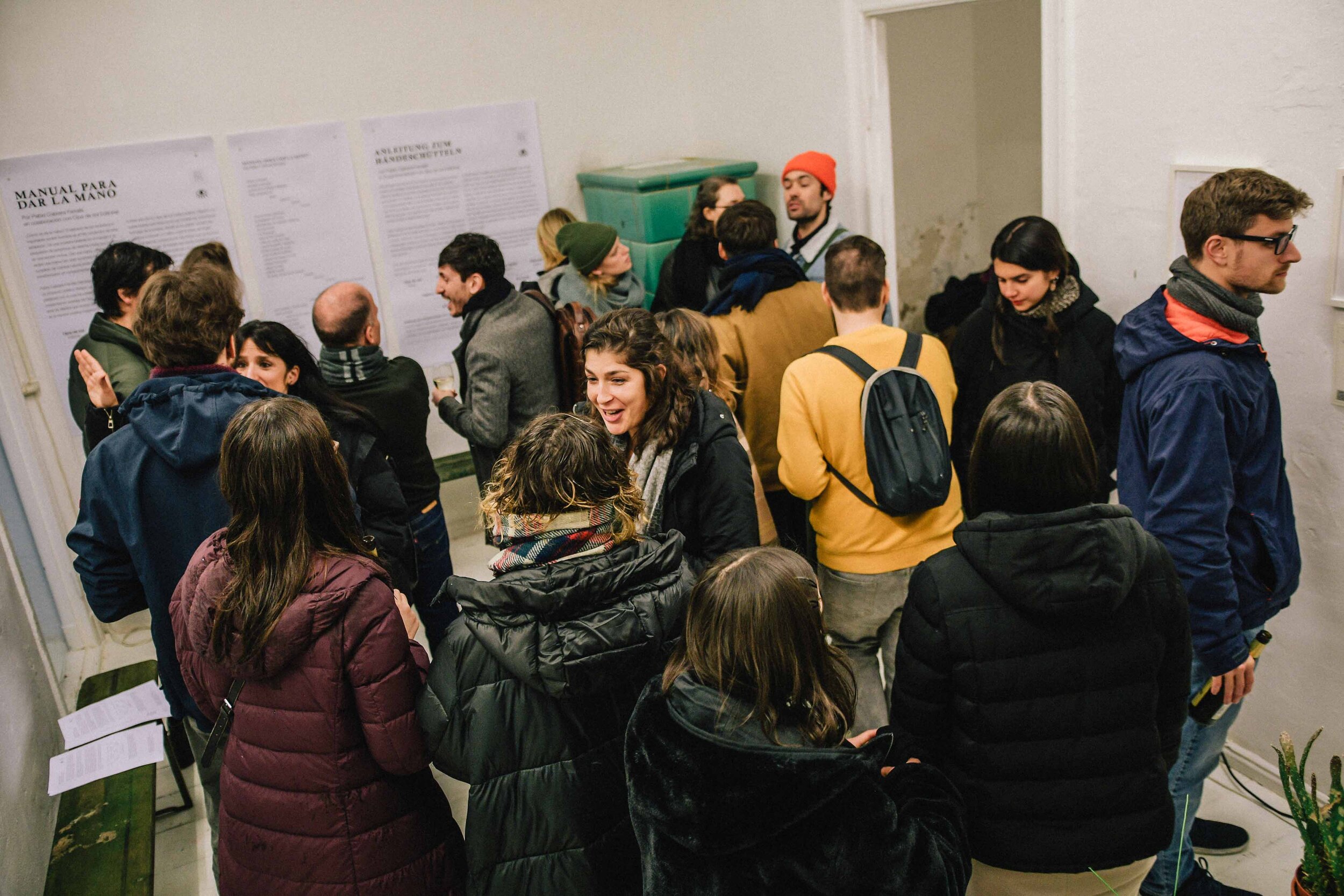
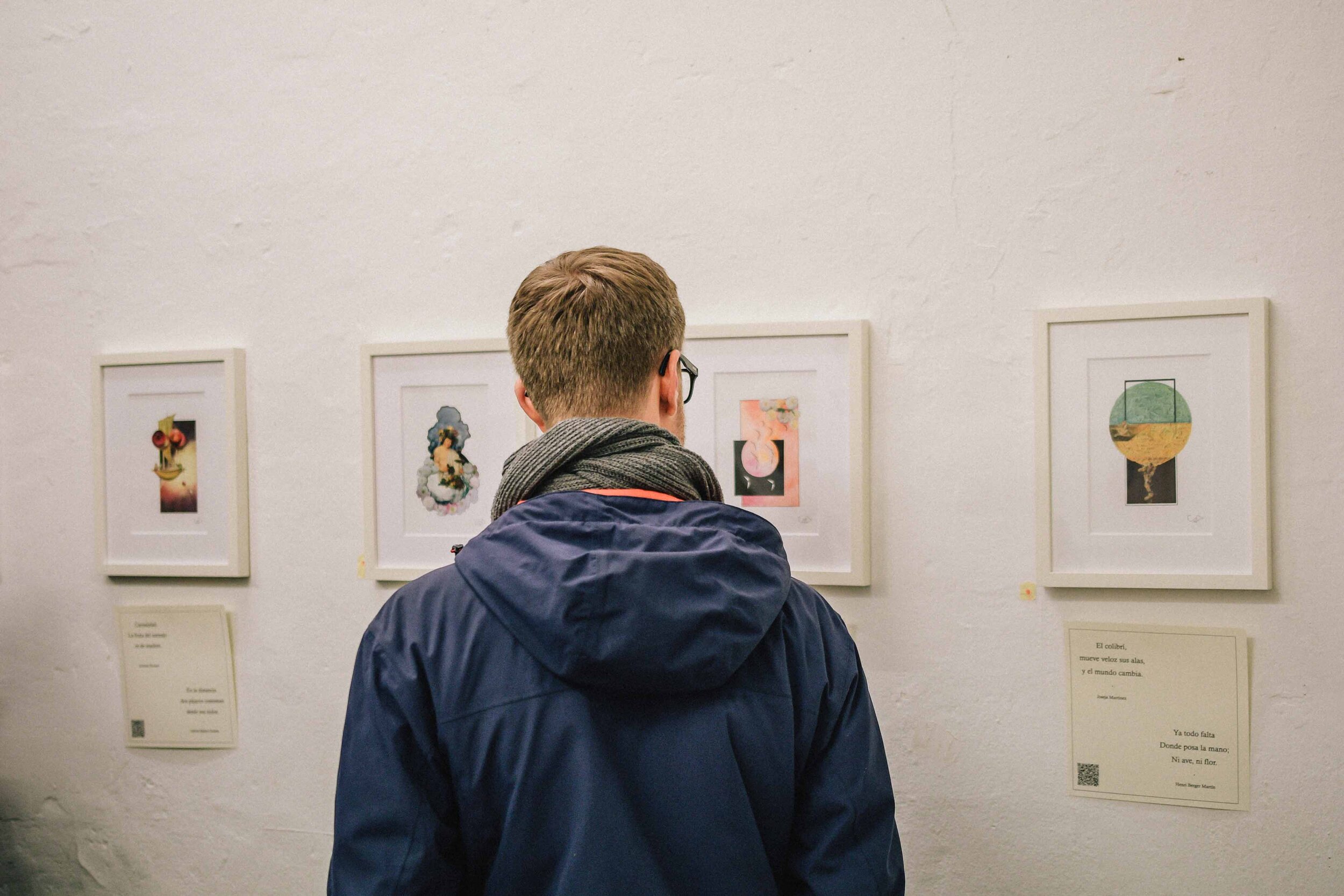
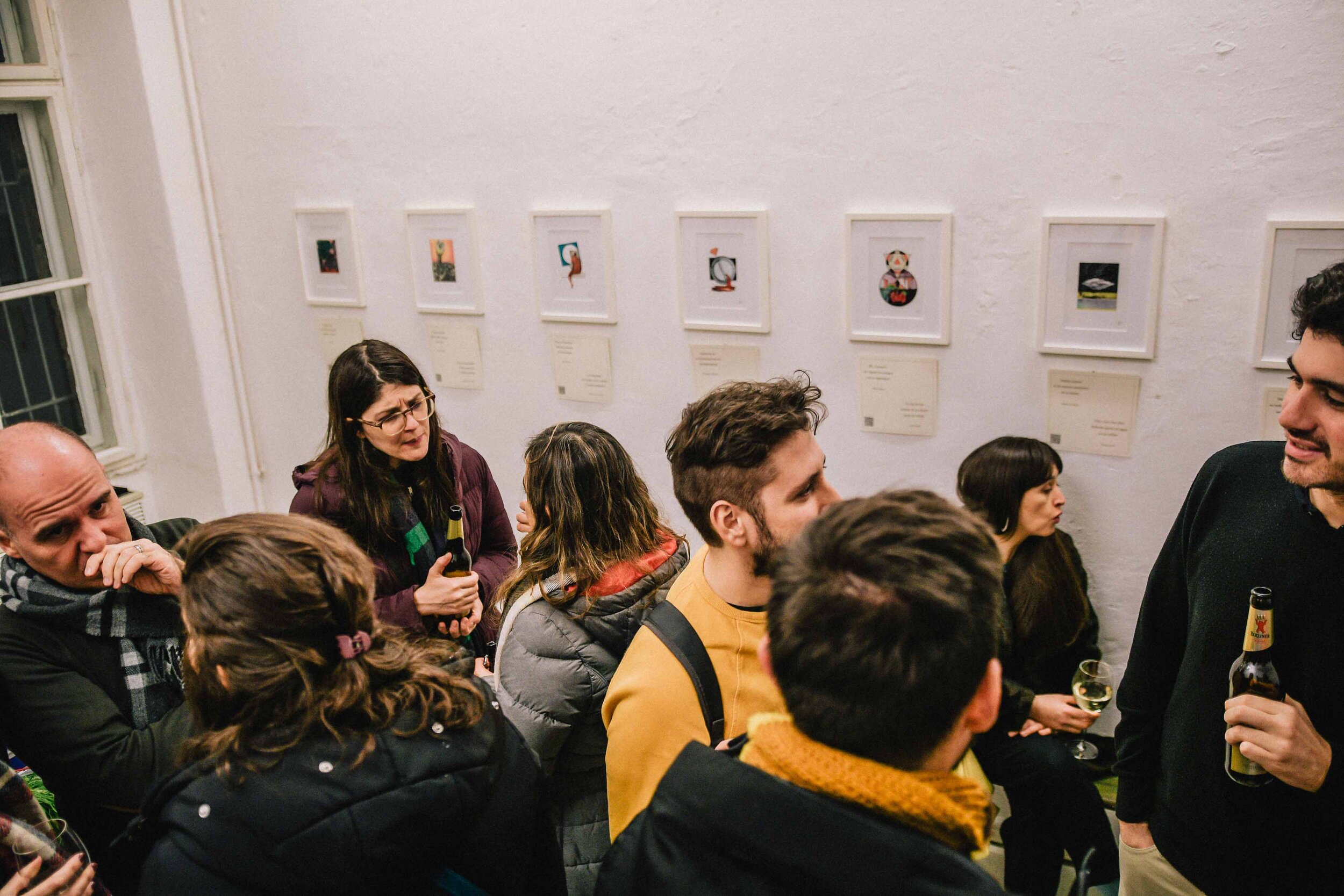
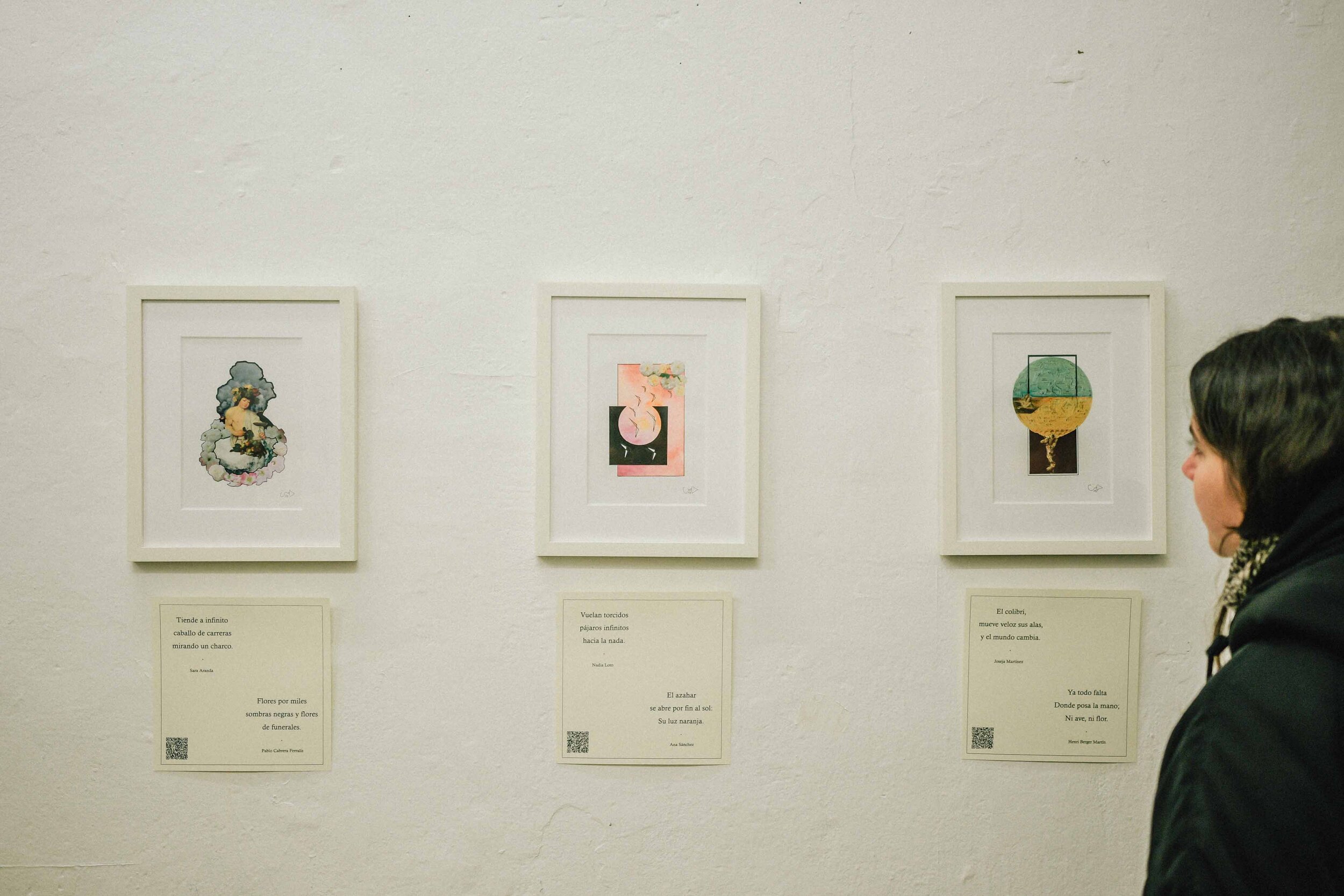
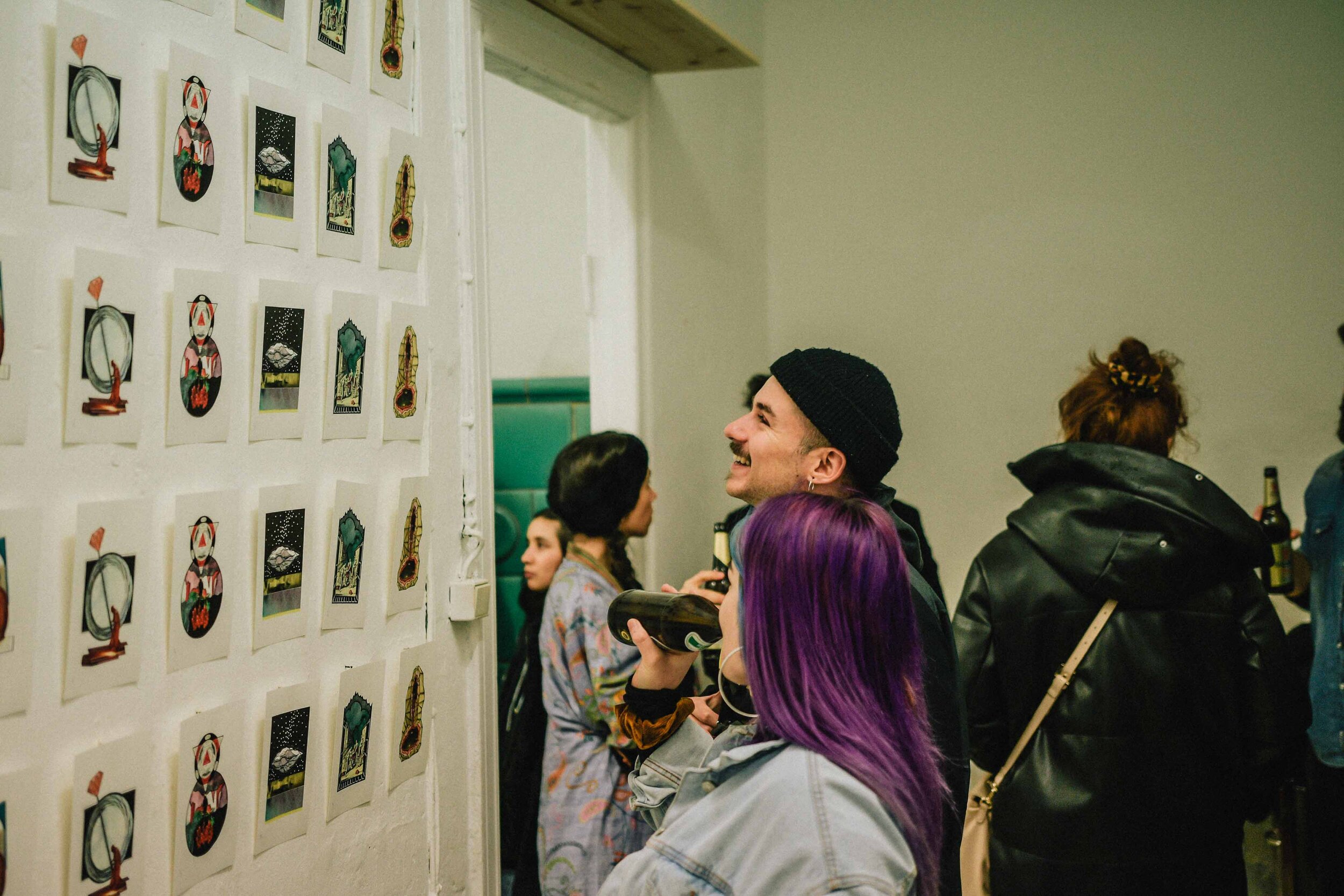
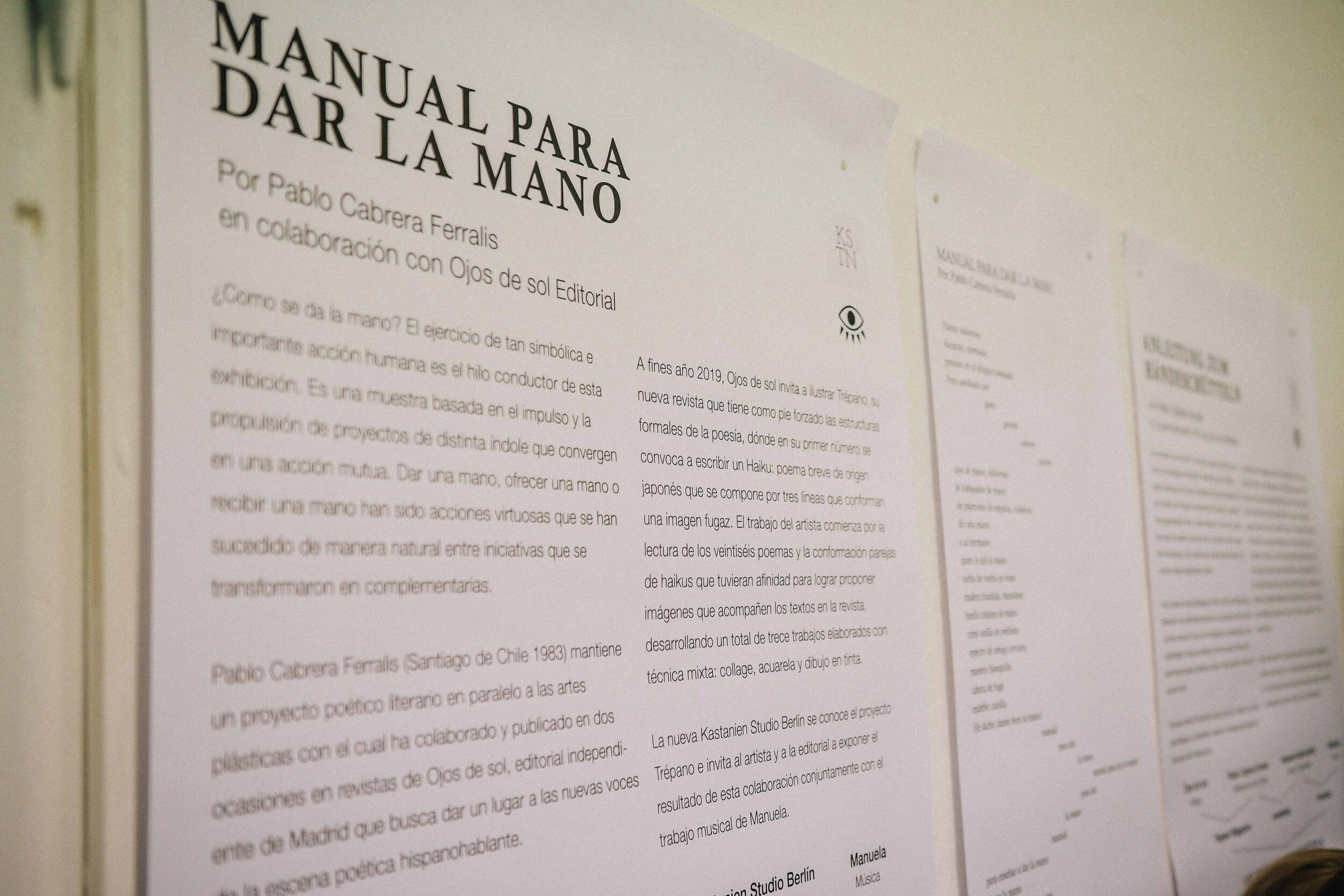

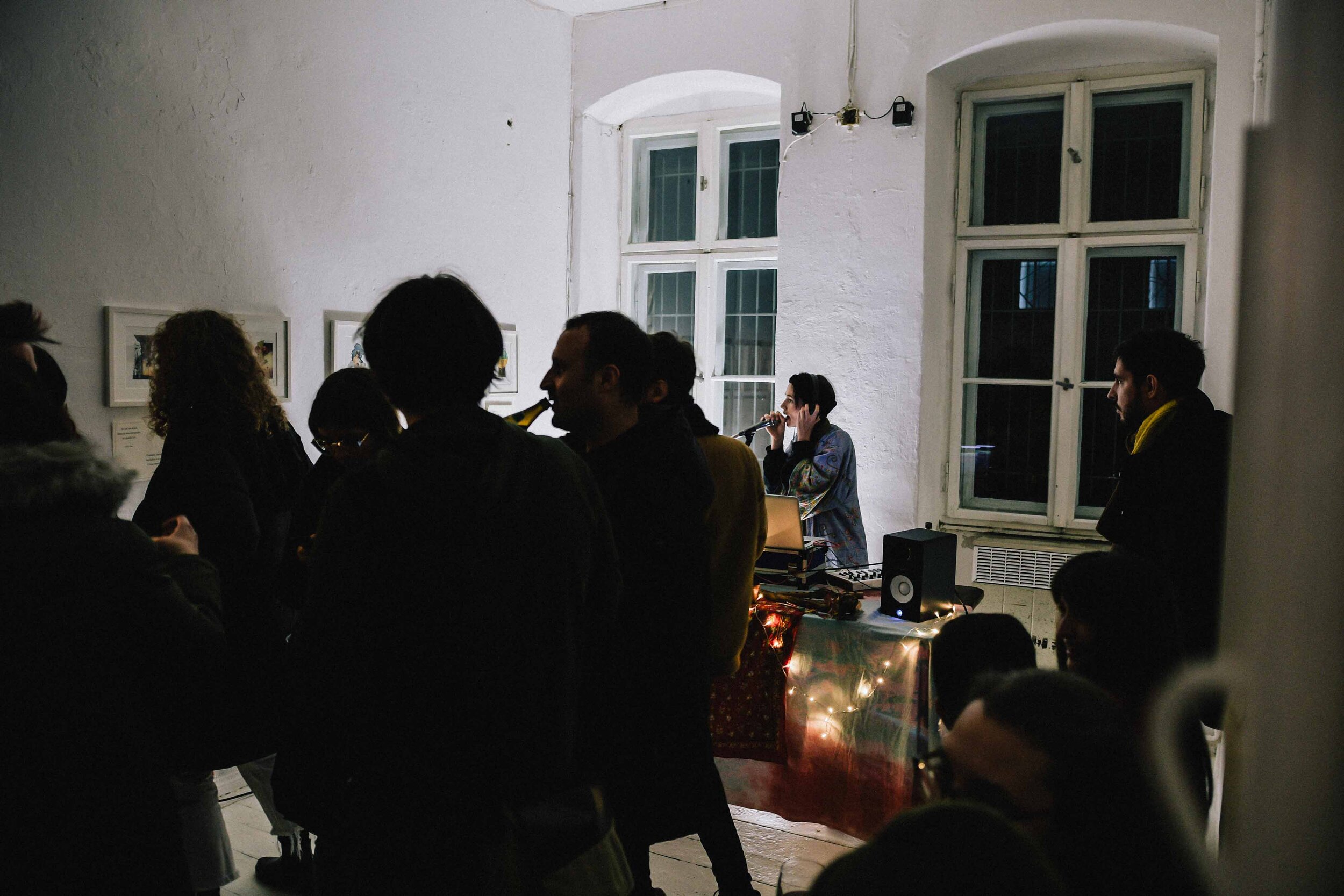
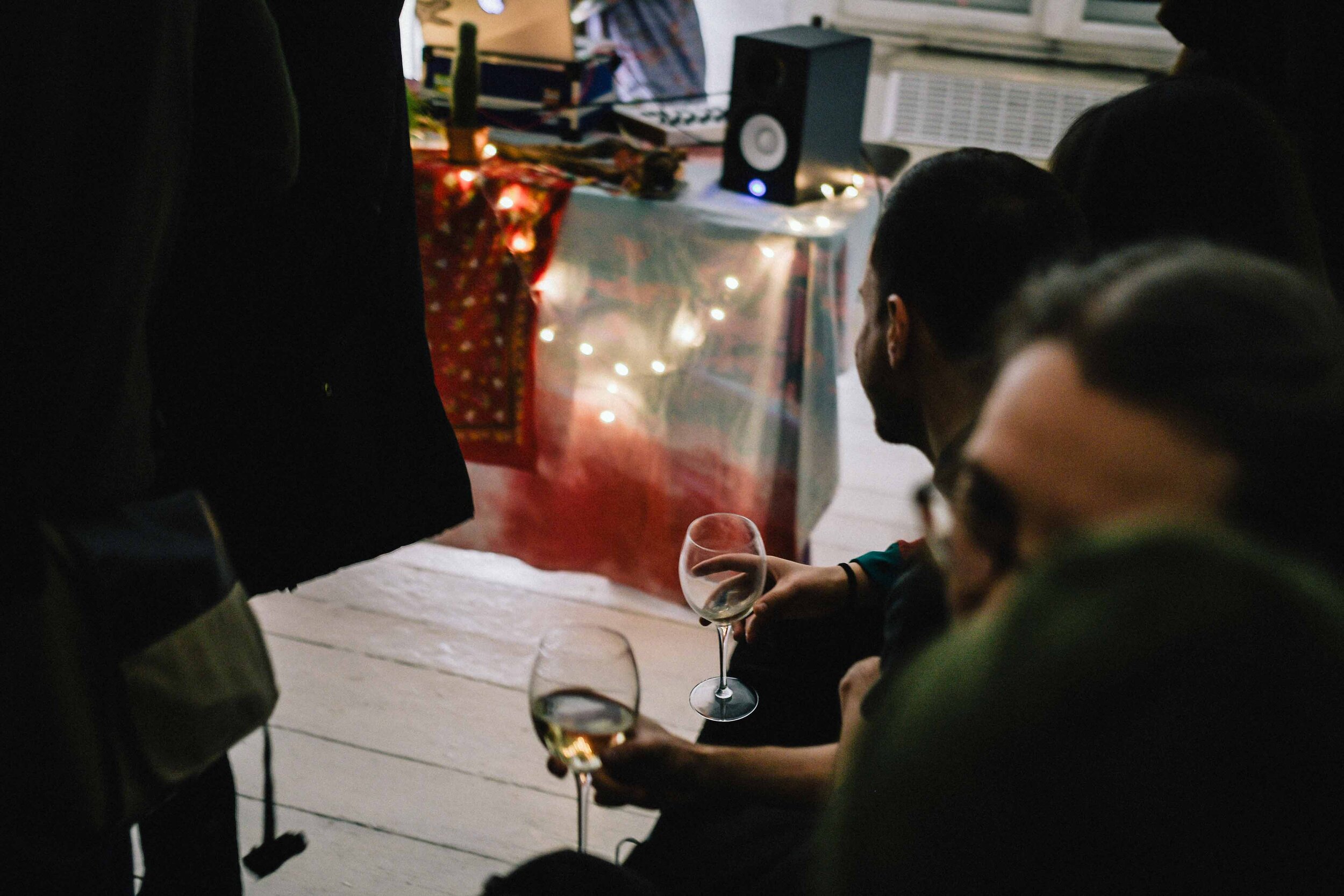
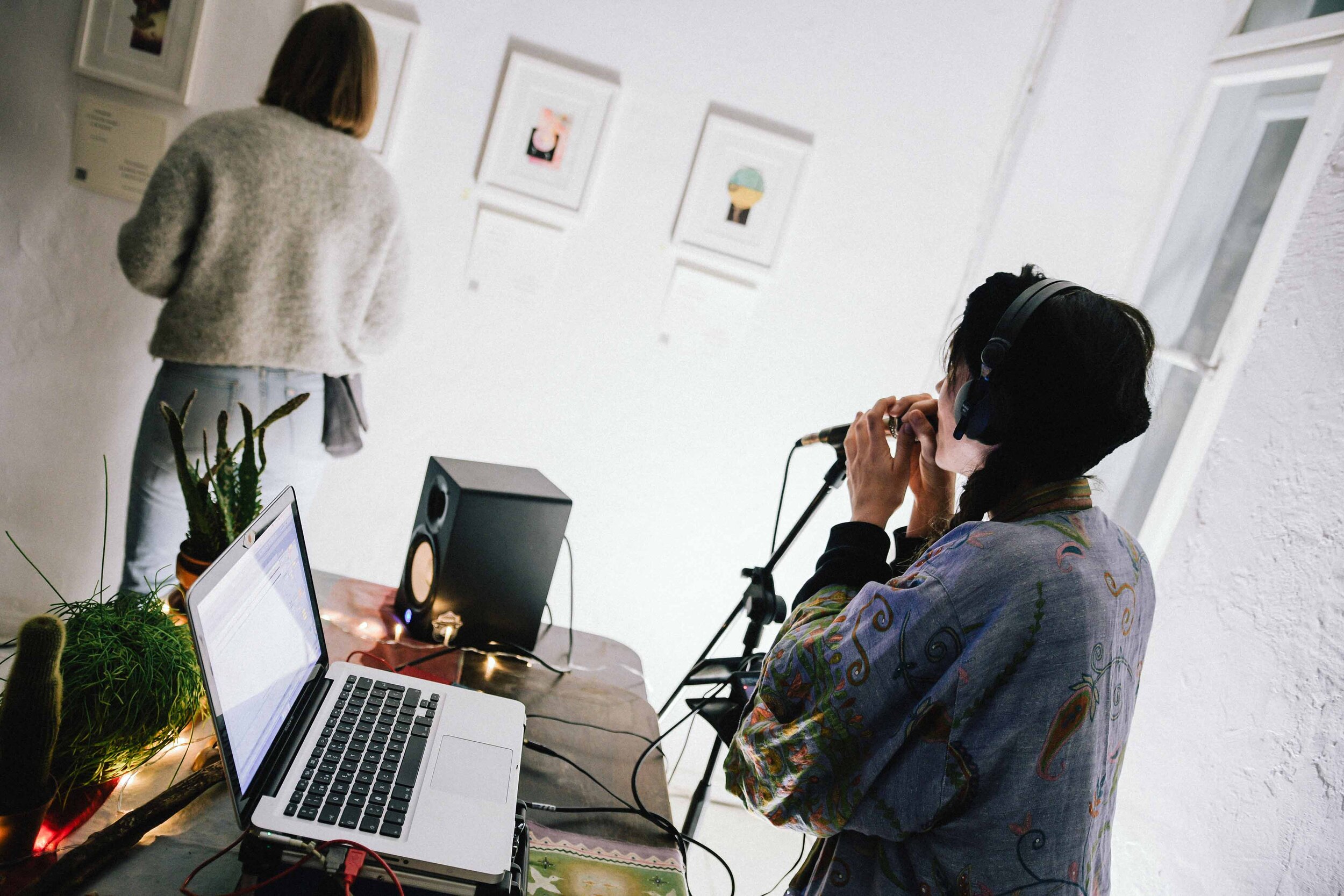
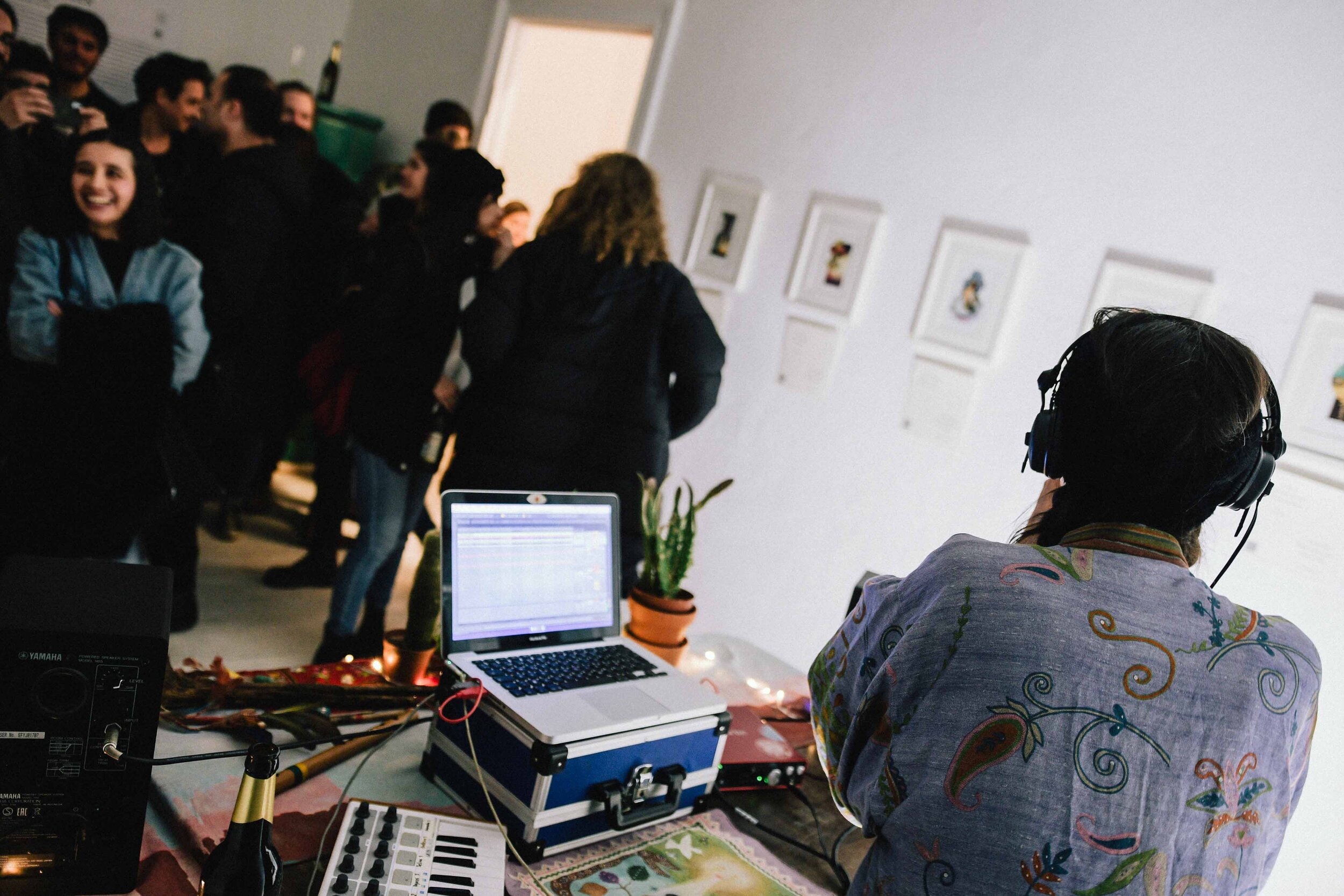
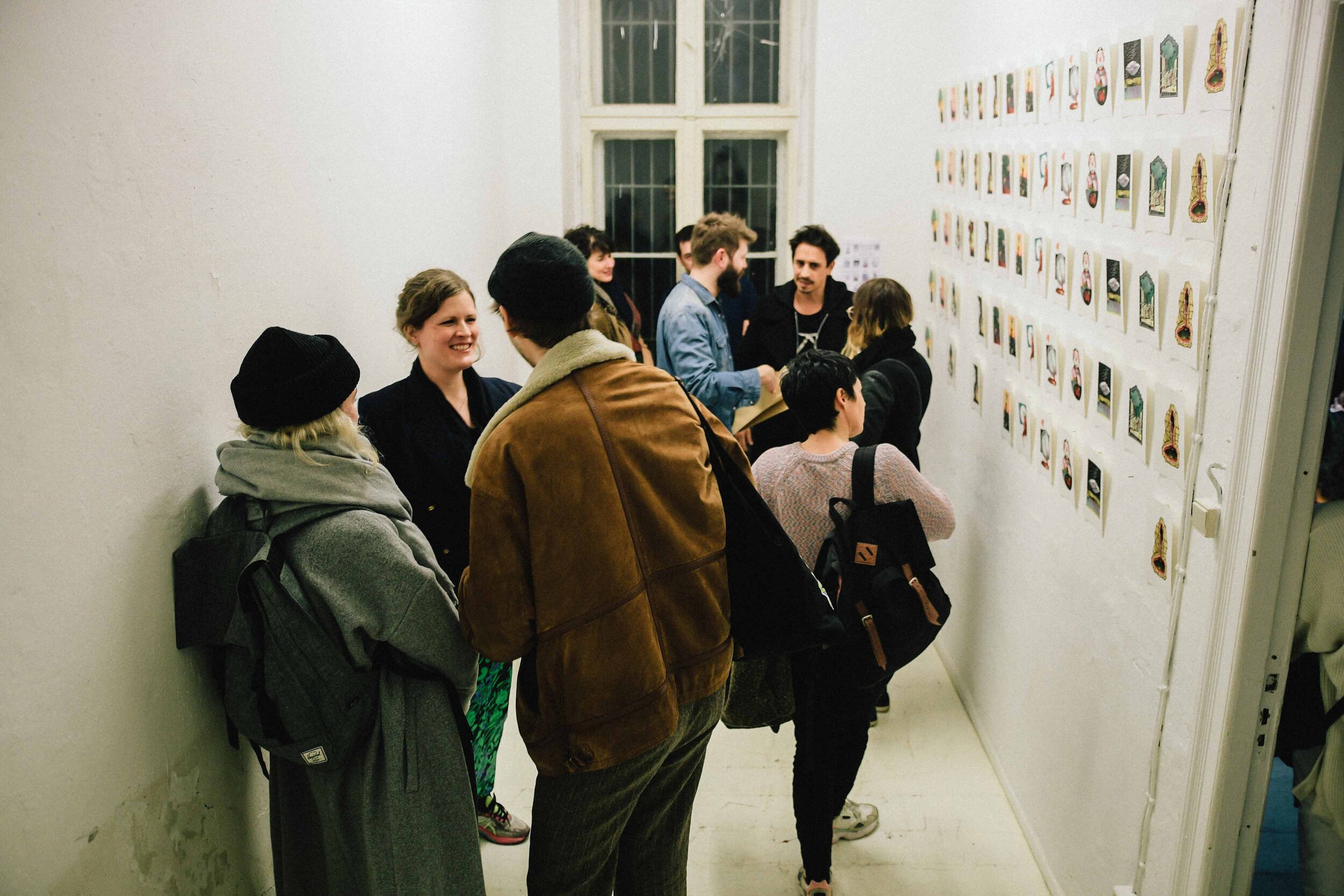
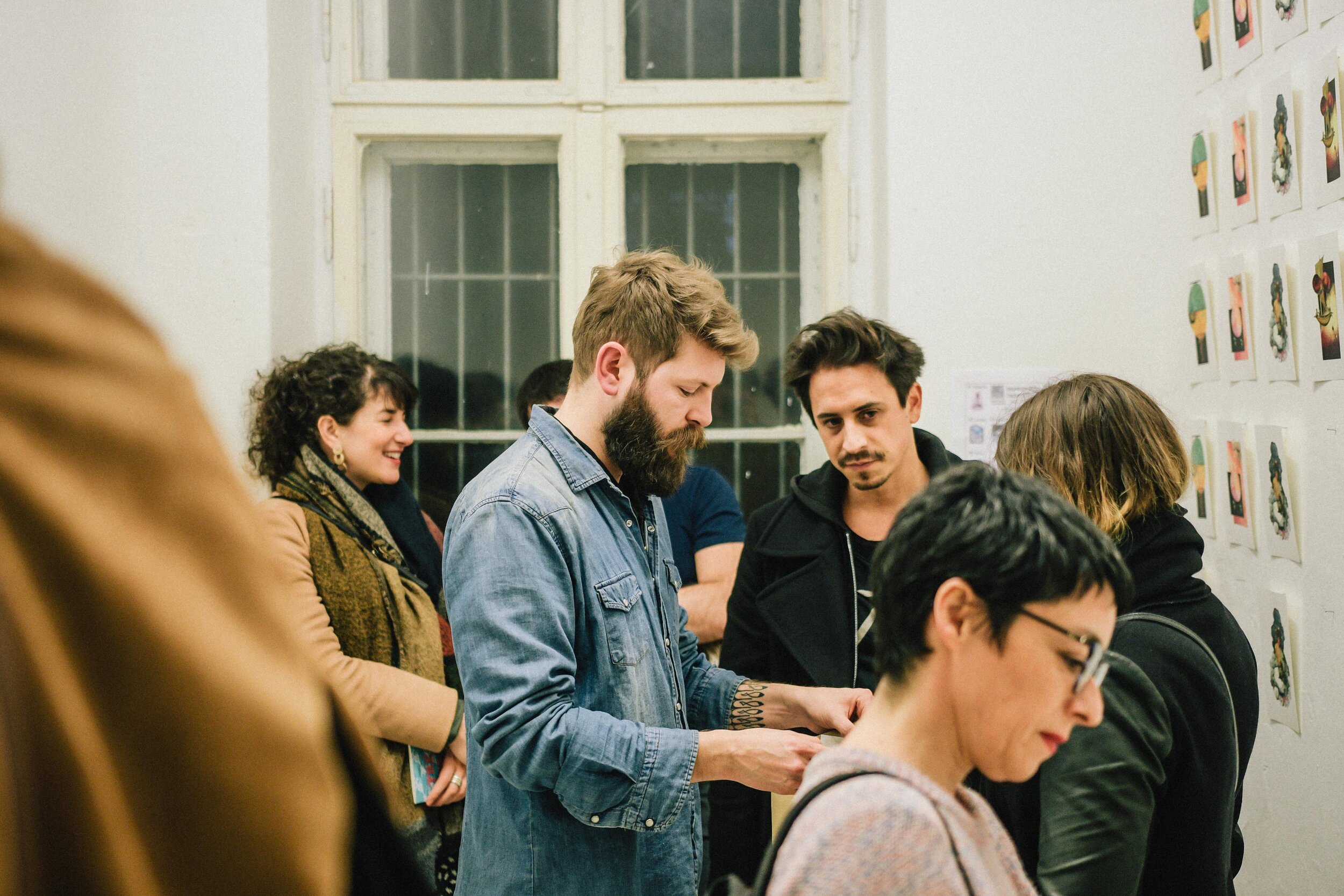
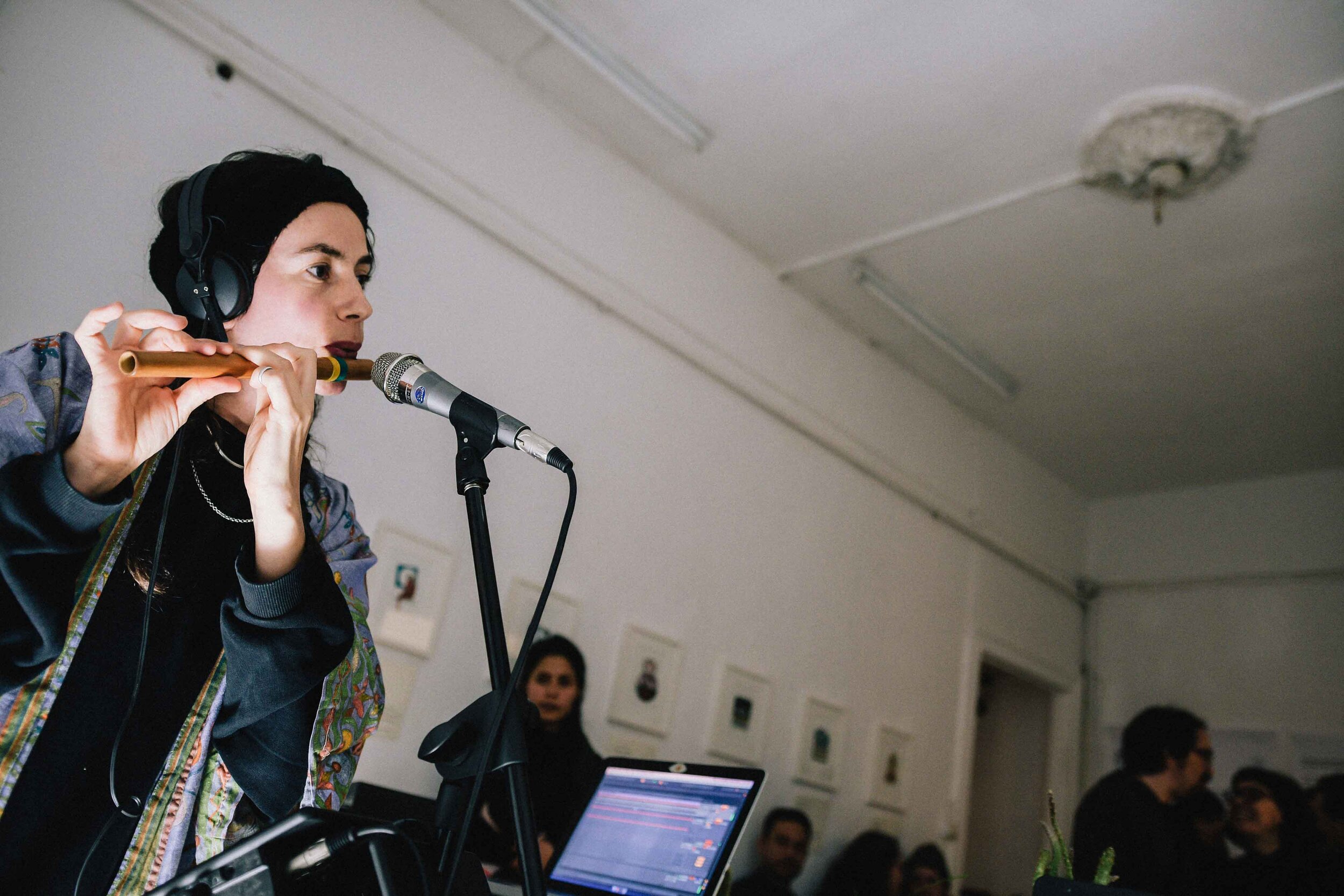
Foto: Ramón Vásquez Lemus
ES (German /English below)
¿Cómo se da la mano? El ejercicio de tan simbólica e importante acción humana es el hilo conductor de esta exhibición. Es una muestra basada en el impulso y la propulsión de proyectos de distinta índole que convergen en una acción mutua. Dar una mano, ofrecer una mano o recibir una mano han sido acciones virtuosas que se han sucedido de manera natural entre iniciativas que se transformaron en complementarias.
Pablo Cabrera Ferralis (Santiago de Chile, 1983) mantiene un proyecto poético literario en paralelo a las artes plásticas, con el cual ha colaborado y publicado en dos ocasiones en revistas de Ojos de sol, editorial independiente de Madrid que busca dar un lugar a las nuevas voces de la escena poética hispanohablante.
A fines año 2019, la editorial española Ojos de sol lo invita a ilustrar Trépano, su nueva revista que tiene como pie forzado las estructuras formales de la poesía, dónde en su primer número se convoca a escribir un Haiku: poema breve de origen japonés que se compone por tres líneas que conforman una imagen fugaz. El trabajo del artista comienza por la lectura de los veintiséis poemas y la conformación parejas de haikus que tuvieran afinidad para lograr proponer imágenes que acompañen los textos en la revista, desarrollando un total de trece trabajos elaborados con técnica mixta: collage, acuarela y dibujo en tinta.
La nueva Kastanien Studio Berlín conoce el proyecto Trépano e invita al artista y a la editorial a exponer el resultado de esta colaboración conjuntamente con el trabajo musical de Manu Ela.
Manual para dar la mano es una nomenclatura, una respuesta a una realidad egocéntrica de una sociedad que colapsa frente a nuestros ojos por haber olvidado que somos sólo cuando somos con el otro. Es una invitación al trabajo colaborativo, a la apertura, al altruismo y a la combinación de disciplinas. Fuerzas creativas que buscan construir vínculos para impulsarnos, juntos y de la mano, hacia un futuro mejor.
Anleitung zum Händeschütteln
DE
Wie schüttelt man die Hand? Die Ausübung eines solchen symbolischen und wichtigen menschlichen Handelns ist der Leitfaden dieser Ausstellung. Es ist eine Ausstellung, die auf dem Impuls und dem Antrieb von Projekten verschiedener Art basiert ist, welche in einer gegenseitigen Aktion zusammenlaufen. Eine Hand zu geben, eine Hand anzubieten oder eine Hand zu erhalten waren tugendhafte Handlungen, die zwischen sich ergänzenden Initiativen auf natürliche Weise stattgefunden haben.
Pablo Cabrera Ferralis (Santiago de Chile, 1983) schafft parallel zur Bildenden Kunst ebenfalls literarische und poetische Texte, welche er bereits zweimal in Ojos de sol-Magazinen veröffentlichte, einem unabhängigen Verlag aus Madrid, der den neuen Stimmen der spanischsprachigen poetischen Szene, Raum geben möchte sich auszudrücken.
Ende des Jahres 2019 lädt ihn Ojos de sol ein, Trépano, sein neuestes Magazin zu illustrieren, dessen Grundlage die klassichen Strukturen der Poesie sind. In seiner ersten Ausgabe werden die Schriftsteller dazu aufgefordert ein Haiku zu schreiben: ein kurzes Gedicht japanischen Ursprungs, das aus drei Zeilen besteht, die ein flüchtiges Bild formen. Bevor Pablo Cabrera Ferralis mit seinen Illustrationen begann, befasste er sich ausführlich mit den insgesamt 26 Haiku Gedichten um in seinem bildnerischen Prozess besser voranschreiten zu können. Er erschuf die einzelnen Illustrationen in Anlehnung an die Haikus, wobei ein Werk für zwei Gedichte steht. Der Künstler ließ sich durch die einzelnen Texte zu den Bildern inspirieren. Insgesamt entwickelte er dreizehn Werke, die mit gemischten Medien hergestellt wurden: Collage, Aquarell und Tintezeichnungen.
Das neue Kastanien Studio Berlin stellt das Trépano-Magazin sowie den Künstler vor und lädt ebenfalls den Verlag Ojos de sol ein, das Ergebnis dieser Zusammenarbeit zusammen mit dem musikalischen Werk von Manu Ela zu präsentieren.
Anleitung zum Händeschütteln (Manual para dar la mano) ist eine Reaktion auf eine egozentrische Realität einer Gesellschaft, die vor unseren Augen zusammenbricht weil sie vergessen hat, dass wir nur existieren wenn wir mit anderen zusammen sind. Es ist eine Einladung zur Zusammenarbeit, Offenheit, Altruismus und der Kombination von Disziplinen. Kreative Kräfte, die Verbindungen aufbauen möchten, um sich gemeinsam und Händehaltend, in eine bessere Zukunft zu führen.
Instructions to Shake Hands
EN
How do you shake hands? The exercise of such a symbolic and important human action is the common thread of this exhibition. It is an exhibition based on the impulse and propulsion of projects of different kinds that converge in a mutual action. Giving a hand, offering a hand or receiving a hand have been virtuous actions that have occurred naturally between initiatives that have become complementary.
Pablo Cabrera Ferralis (Santiago de Chile, 1983) maintains a literary poetic project in parallel to the plastic arts, with which he has collaborated and published on two occasions in Ojos de sol magazines, an independent publisher in Madrid that seeks to give a place to the new voices of the Spanish-speaking poetic scene.
At the end of 2019, Ojos de sol invites you to illustrate Trépano, its new magazine that has as its forced footing the formal structures of poetry, where in its first issue it is called to write a Haiku: a short poem of Japanese origin that is composed by three lines that make up a fleeting image. The artist's work begins with the reading of the twenty-six poems and the conformation of haiku pairs that have an affinity to propose images that accompany the texts in the magazine, developing a total of thirteen works made with mixed technique: collage, watercolor and drawing in ink.
The new Kastanien Studio Berlin knows the Trépano project and invites the artist and the publisher to present the result of this collaboration together with the musical work of Manu Ela.
Instructions to Shake Hands is a nomenclature, a response to an egocentric reality of a society that collapses in front of our eyes because we have forgotten that we are only when we are with the other. It is an invitation to collaborative work, openness, altruism and the combination of disciplines. Creative forces that seek to build links to propel us, together and hand in hand, towards a better future.


